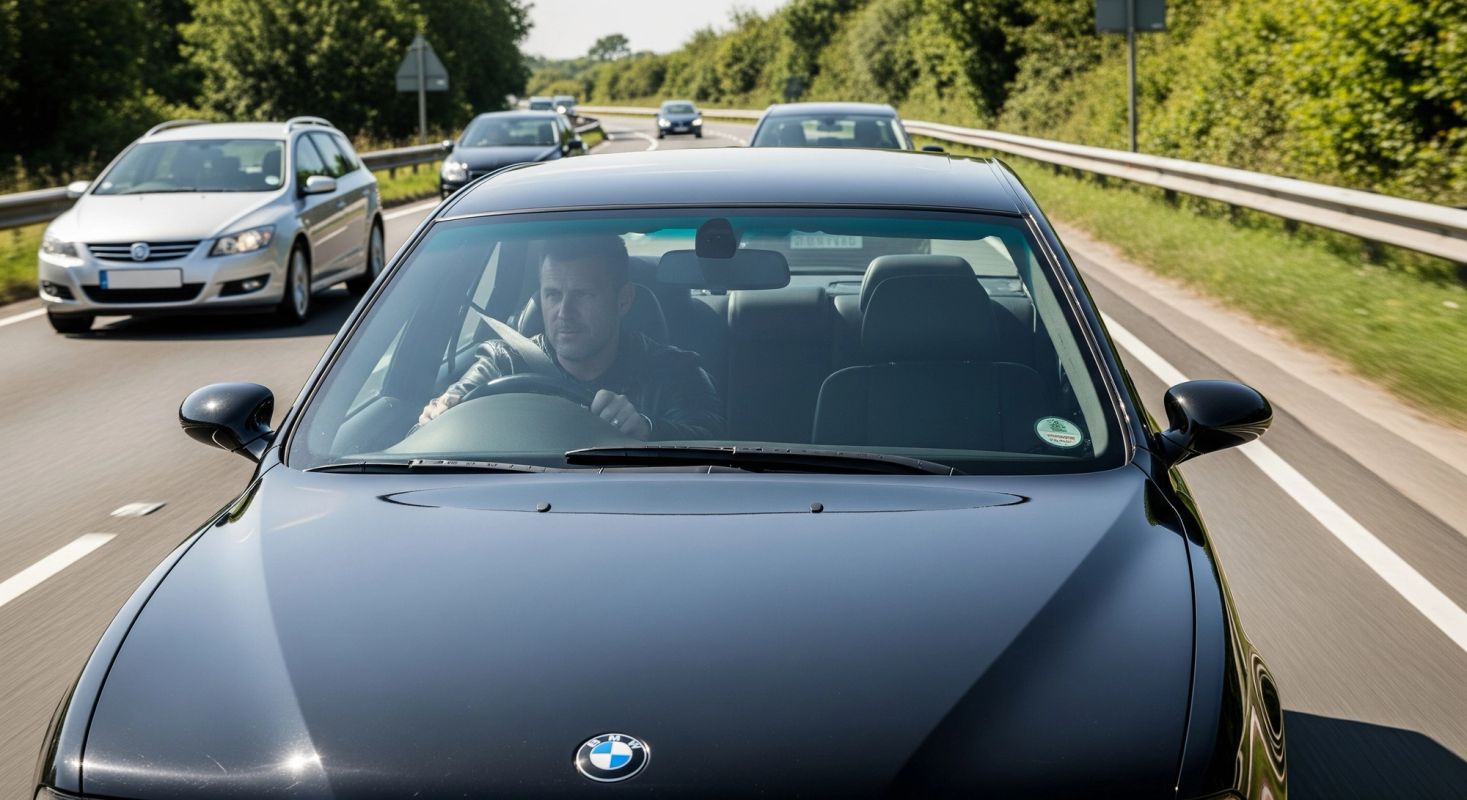What is Defensive Driving?
Discover what defensive driving really means, why it matters, and how to master it
What Is Defensive Driving?
Defensive driving is more than just being cautious—it’s a proactive, deliberate driving style designed to reduce risk and improve road safety. At its core, it’s about staying fully alert, anticipating potential dangers, and always being prepared to react. It’s not just for new drivers or the overly anxious; it’s for anyone serious about improving their driving and staying safe on increasingly chaotic UK roads.
At Driving Masters, we believe defensive driving starts with mindset. You need to switch off the ‘autopilot’ most drivers slip into and start engaging with your environment fully. It’s a discipline rooted in observation, patience, and foresight. Whether it’s spotting brake lights in the distance, predicting a pedestrian’s movements, or adjusting your speed before entering a blind bend, it’s about taking control before something goes wrong—not after.
Why Defensive Driving Matters
We’ve all seen erratic drivers, aggressive tailgaters, and unpredictable road users. Defensive driving isn’t about policing them; it’s about protecting yourself from their mistakes. According to ROSPA, driver error contributes to over 90% of road accidents. That’s not just unfortunate—it’s preventable.
By adopting a defensive driving style, you significantly reduce your chances of being involved in an incident. You learn to:
- Spot danger early and act decisively (observation and anticipation)
- Maintain safer distances
- Use your car’s positioning as a communication tool
- Keep a calm, composed head under pressure
But there’s more: defensive driving is also key to driving enjoyment. That might sound odd, but the smooth, controlled experience of anticipating rather than reacting makes for a far less stressful journey.
Defensive Driving Techniques
At Driving Masters, defensive driving is a fundamental layer in both our Defensive Driving Course (for newer drivers) and our Enhanced programmes. Here are just some of the practical skills we build into your coaching day:
Hazard Perception and Prediction
We train you to read the road like a professional. That means spotting the clues that others miss: reflections in windows, changes in road surface, or the ‘body language’ of the car ahead. We teach the art of second-degree visualisation—seeing not just what’s in front, but what’s likely to happen next.
Read more about the level of detail we cover when coaching hazard perception.
Road Positioning
From cornering to motorway lane discipline, your road position is a message to others and a tool for visibility. We coach the smart use of the ‘limit point’ and how to use follow-positioning to maximise safety without losing flow.
Smooth Car Control
Defensive driving isn’t slow driving—it’s smooth driving. That means calculated acceleration, progressive braking, and seamless gear changes. Your passengers should feel like they’re gliding, not lurching.
Motorway Mastery
Motorways require a different type of defensive awareness. We teach joining, exiting, escape routes, blind spot management, and managing HGVs—all crucial skills for staying composed at higher speeds.
Explore more tips in our Top Tips for Defensive Driving guide.
The Defensive Mindset
Perhaps the most overlooked element is attitude. Defensive drivers aren’t reactive or easily provoked. They’re deliberate, composed, and calm. As we often say during coaching: Calling out another driver for being in the wrong gains you nothing. Instead, we teach you to anticipate idiocy and avoid it altogether.
That emotional detachment is surprisingly powerful. You become the steady hand in traffic chaos—the person other drivers feel safe around. It’s a confidence that radiates, not through aggression, but through control.
Defensive Driving Courses at Driving Masters
We offer structured coaching sessions tailored to your experience and goals:
- DMAP 1 (Defensive): Designed for newer drivers or those seeking to wrap their test-passed basics with professional-grade habits. Includes motorway driving, hazard anticipation, and roadcraft basics. Explore the Defensive course »
- DMAP 2 (Enhanced): This is where Roadcraft meets real-world driving. Ideal for those wanting to tap into the discipline of police-trained systems of control. Perfect for advanced learners and business drivers alike. Discover the ENHANCED course »
Each course is a full-day, 1-to-1 coaching experience in your own car, covering up to 150 miles with breaks and lunch provided. Sessions are tailored but follow a well-proven structure focusing on safety, flow, and mastery.
Frequently Asked Questions
« Back to Knowledgebase

